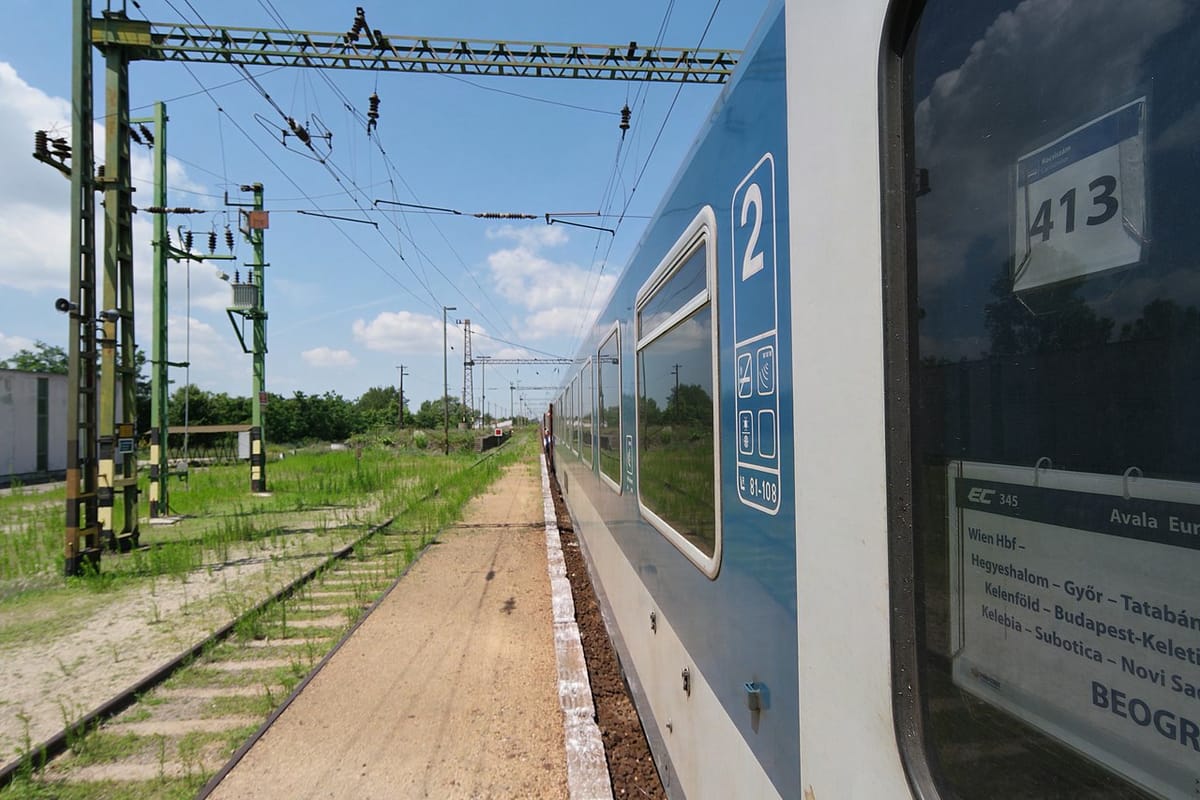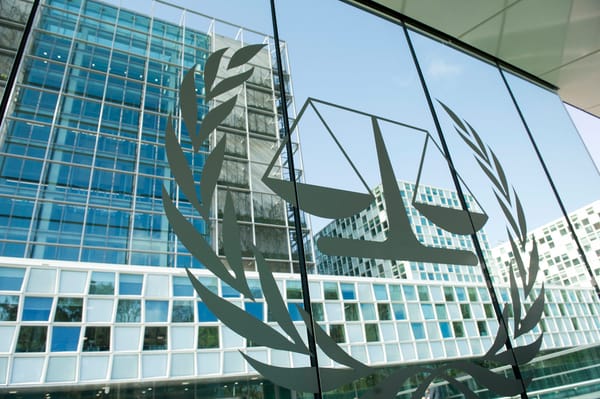
Budapest-Belgrade railway project hits buffers
The future of a multi-billion dollar Budapest-Belgrade rail construction has been thrown into doubt after Hungary redirected its equipment and workforce to address a deteriorating railway line between Budapest and Gyor, west Hungary. According to reports, the Chinese have ceased financing the construction, and their employees halted work.
Companies owned by Hungarian Prime Minister Viktor Orban’s strawman Lorinc Meszaros have been overseeing the project, in collaboration with Chinese partners. The original plan was to build a high-quality railway line linking the Chinese-owned port of Piraeus, Greece, to Western Europe via Hungary, Serbia, and North Macedonia. However, Meszaros has now scaled back his companies’ involvement in the project, causing the Chinese to halt both work and project financing.

Project about to enter its second decade
The government’s decision to construct the Budapest-Belgrade railway line dates back to 2014. Detailed agreements were reached with Chinese and Serbian leadership in 2015, with the construction contract formalized in 2019.
This railway line was designed to accommodate passenger trains with speeds of up to 160 km/h, necessitating compliance with European Train Control System (ETCS) train control standards as per EU requirements. The construction was initially assigned to RM International Zrt, owned by Meszaros, in collaboration with a consortium of two Chinese companies. The track construction itself was subcontracted to V-Hid, also owned by Meszaros.
The project is funded 85% by Chinese loans and 15% by Hungarian state funds. The initial contract for renovation and construction was signed in 2019, with a total budget of HUF 750bn (EUR 1.93bn), leaving limited flexibility within the budget.
However, inflation has caused costs to surge by at least 35-40%, with rising prices for raw materials and components. An additional HUF 20bn (EUR 51.46mn) was added to the budget in March.
European safety standards difficult to meet
The Chinese companies initially took on responsibility for developing the insurance and train control system essential for the project, but have encountered difficulties in meeting European standards. During years of track construction, it emerged that neither the Hungarian nor Chinese entities were capable of installing the ETCS system and necessary safety devices.
The Chinese equivalent of ETCS is significantly less complex than its European counterpart. The decision is whether to invest more in constructing a relatively slow European railway line, or to employ a new company to manage the train control system – although whether the project will ultimately be completed is uncertain.
Inflation has significantly inflated the project’s costs, and securing funding for a new subcontractor to handle the train control system is no formality, and would also entail further project delays. Slower progress poses less of an issue for freight trains, which typically do not exceed speeds of 100 km/h.
Hungarian, Czech firms could vie for safety contract
One solution could be a Hungarian-owned company, PROLAN Iranyitastechnikai Zrt, which is capable of delivering modern and reliable safety equipment designed in accordance with Hungarian standards, as opposed to German (Siemens) or Austrian (Thales) standards.
However, there reportedly is a preference within V-Hid to contract with Czech AZD Prague, with whom they are collaborating on the Hungarian section of the Szeged-Roszke-Szabadka railway line, which is expected to be completed by October 23, 2023, despite earlier delays.
Engaging a new company for the train control and insurance systems could potentially cost further tens or even hundreds of billions of forints. The Hungarian government must now consider options, including contributing its own funds, negotiating a solution with the Chinese, or even abandoning the train control system and running trains at 100 km/h. Orban may attempt to address this issue personally during his upcoming trip to the One Belt, One Road initiative conference in China in October.
Serbia stands to gain more than Hungary from project
The rationale behind this railway line’s construction has been a subject of debate from the start. Before the renovation, the Budapest-Belgrade railway line was a single-track route in dire condition. The government argues that Hungary stands to benefit significantly from customs revenues, particularly given the line’s route through Piraeus to Budapest. While the Serbs and Hungarians are actively involved in construction, the North Macedonian contribution has been limited, potentially creating a bottleneck in that region.
Conversely, a revamped railway line could serve as a competitive advantage for large manufacturing facilities. Since there are no major settlements along the Hungarian section of the line, the Serbian economy may stand to gain more than Hungary’s, according to industry specialists.





